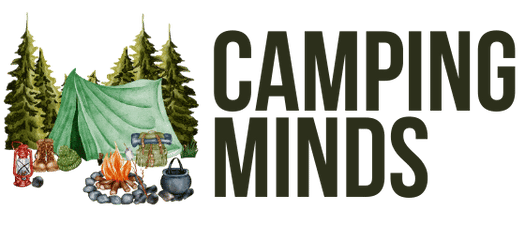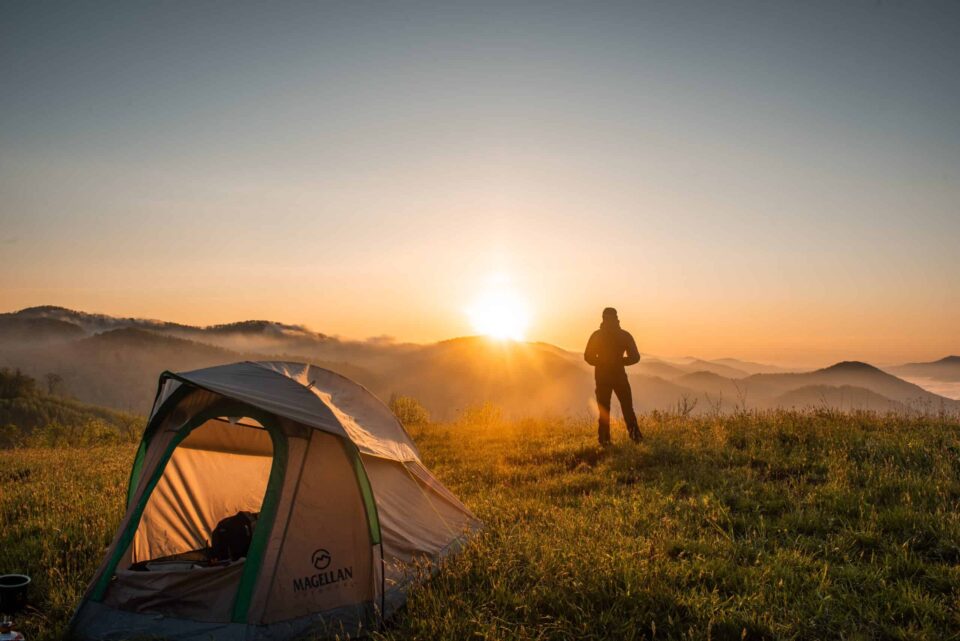Solo camping is an empowering experience that offers peace, freedom, and a deep connection with nature. It allows you to set your own pace, make personal discoveries, and embrace solitude in the wilderness. Whether you’re a seasoned adventurer or trying solo camping for the first time, having a well-thought-out itinerary can make all the difference in ensuring both safety and enjoyment. In this guide, we’ll walk you through how to plan the perfect solo camping itinerary.
Why Choose Solo Camping?
Solo camping can be an incredibly rewarding experience. Unlike group camping, where you must adjust to everyone’s preferences, solo camping is entirely about you. You have the flexibility to set your own schedule, explore at your own pace, and challenge yourself mentally and physically. Some key benefits include:
- Peace and Quiet: Escape the noise of daily life and immerse yourself in the sounds of nature.
- Personal Growth: Learn to trust yourself, develop problem-solving skills, and embrace independence.
- Self-Reliance: When you’re the only one responsible for your safety and comfort, you build confidence and resilience.
Pre-Trip Planning Essentials
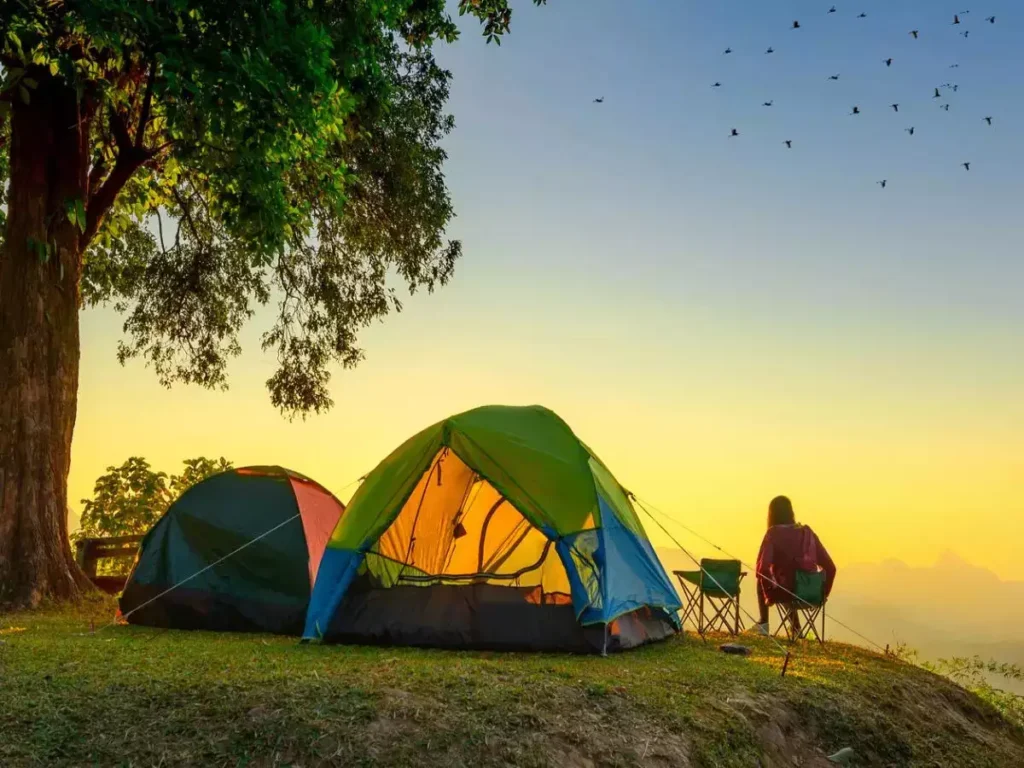
Before you embark on your solo adventure, careful planning is crucial. Preparing a well-researched solo camping itinerary not only helps you make the most of your time but also ensures your safety.
- Research Campsites: Look for established campsites suitable for solo campers. Websites like CampingMinds can provide useful information on different sites.
- Weather and Trail Conditions: Check the weather forecast and trail conditions to avoid any surprises. Adjust your itinerary if needed to ensure a safe trip.
- Permits and Emergency Protocols: Some campsites and trails may require permits. Make sure to check ahead of time. Leave your camping details (campsite, route, duration) with a trusted friend or family member.
- Packing the Right Gear: When you’re camping solo, every item matters. Bring lightweight but essential gear to make your load manageable and efficient. We’ll cover more on gear later.
Creating Your Solo Camping Itinerary
Designing an itinerary for solo camping requires careful consideration of time, distance, and personal comfort. The beauty of solo camping is that your schedule is flexible, but it’s still important to have a structured plan.
- Map Out Your Trip: Start by outlining the entire journey, from where you’ll park or start hiking to the location of each night’s campsite. Be realistic about travel times between points.
- 1-Day or Multi-Day Itinerary: Decide how long you want your trip to be. For beginners, a 1-day camping itinerary might be ideal. For more experienced campers, a multi-day itinerary adds more adventure.
- Plan Your Route: Use trail maps and guides to plan your route. Include notable landmarks, water sources, and campsites. Planning stops for rest, meals, and photo ops will make your adventure more enjoyable.
- Flexibility is Key: Leave some room in your itinerary for unexpected changes. Delays, bad weather, or a desire to explore a little more should be accounted for.
Safety Tips for Solo Camping
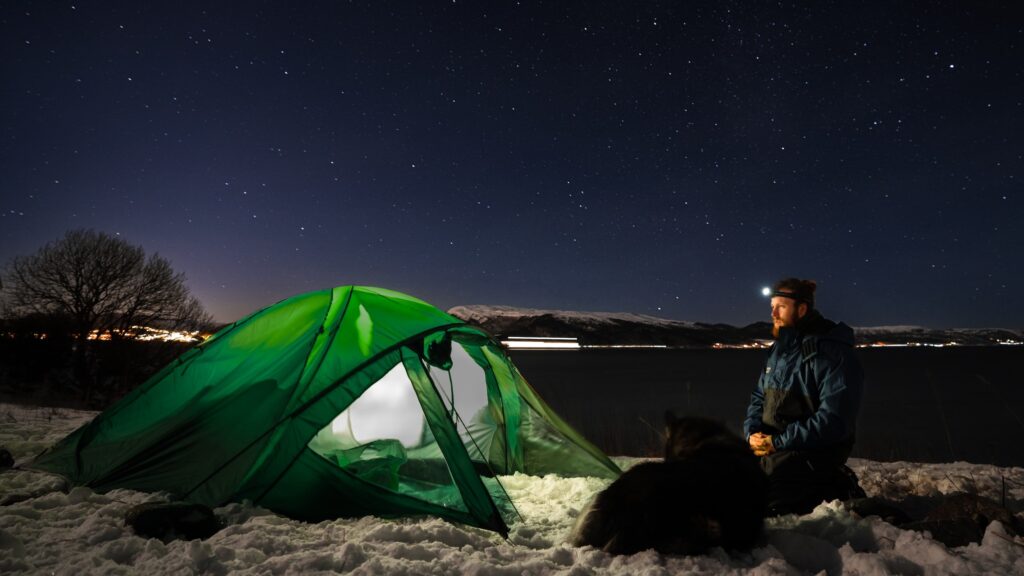
Camping alone means you’ll need to be extra vigilant about safety. Whether it’s preparing for potential wildlife encounters or ensuring you don’t get lost, following these tips will keep you secure.
- Leave Your Itinerary with Someone: Always share your detailed camping itinerary with a trusted contact. Let them know when to expect you back and check in when you return safely.
- First Aid and Survival Gear: Bring a compact first aid kit, basic medications, and tools for survival (fire starter, knife, multi-tool). In an emergency, these items can be lifesavers.
- Wildlife Safety: Learn about the wildlife in the area you’re camping and how to store food properly to avoid attracting animals. Carry bear spray if necessary.
- Navigation Tools: Always have a compass, GPS, or map on hand. While it’s tempting to rely on your phone, signal loss or battery failure is always a possibility.
Essential Gear Checklist for Solo Campers
Packing light while ensuring you have everything you need is an art when it comes to solo camping. Here’s a basic checklist to help you prepare:
- Shelter and Sleeping Gear: A lightweight one-person tent, sleeping bag, and compact sleeping pad are essential. Make sure your gear is suitable for the weather conditions.
- Cooking Equipment: A compact stove or portable grill, mess kit, and freeze-dried meals make cooking easier when you’re on your own.
- Clothing and Footwear: Layered clothing to accommodate changing temperatures, moisture-wicking fabrics, and sturdy, waterproof hiking boots.
- Multi-Purpose Gear: Items like a headlamp, multi-tool, and compact water filtration system should be included in your pack. When camping solo, every piece of gear should serve multiple functions.
Tips for Solo Camping Success
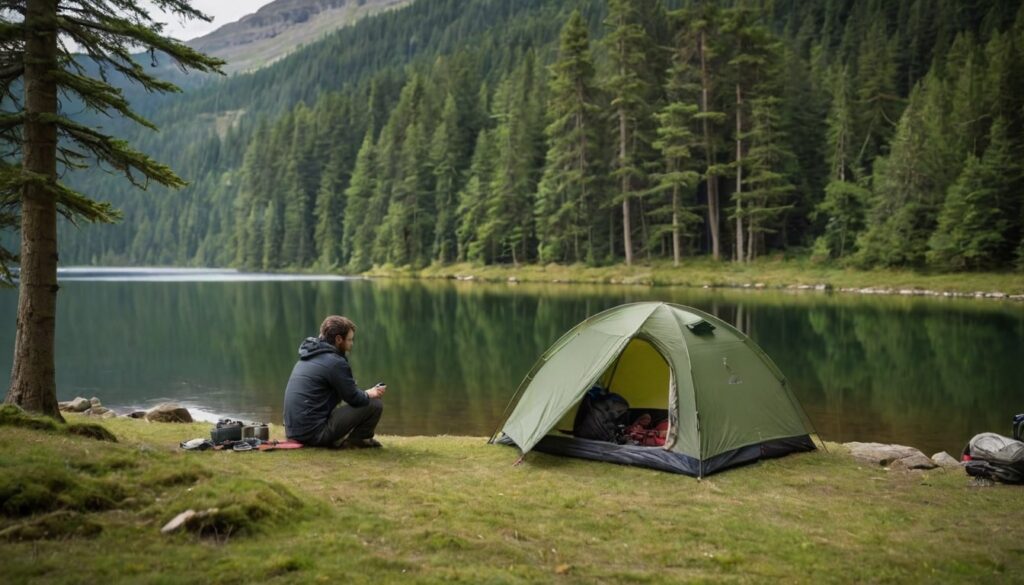
Enjoying your time alone in the wilderness is more than just preparation—it’s about mindset and making the most of your solitude. Here are some additional tips to ensure you have a memorable solo camping adventure:
- Stay Mentally Prepared: Solitude can be both peaceful and overwhelming. Embrace the quiet, but if you find yourself feeling lonely, engage with nature by journaling, photographing wildlife, or stargazing.
- Enjoy the Solitude: Being on your own is a chance to disconnect and recharge. Find joy in the silence and in activities that may feel mundane in your usual routine.
- Manage Your Pace: Solo campers sometimes feel pressured to complete their itinerary too quickly. Take it slow and appreciate the journey, not just the destination.
Conclusion
Solo camping is an opportunity to push your boundaries, discover new strengths, and connect with nature on your terms. By planning a thoughtful solo camping itinerary and keeping safety top of mind, you’ll be able to enjoy a smooth, fulfilling adventure. Ready to start your solo journey? Check out more camping tips and gear recommendations at CampingMinds to prepare for your next adventure.
